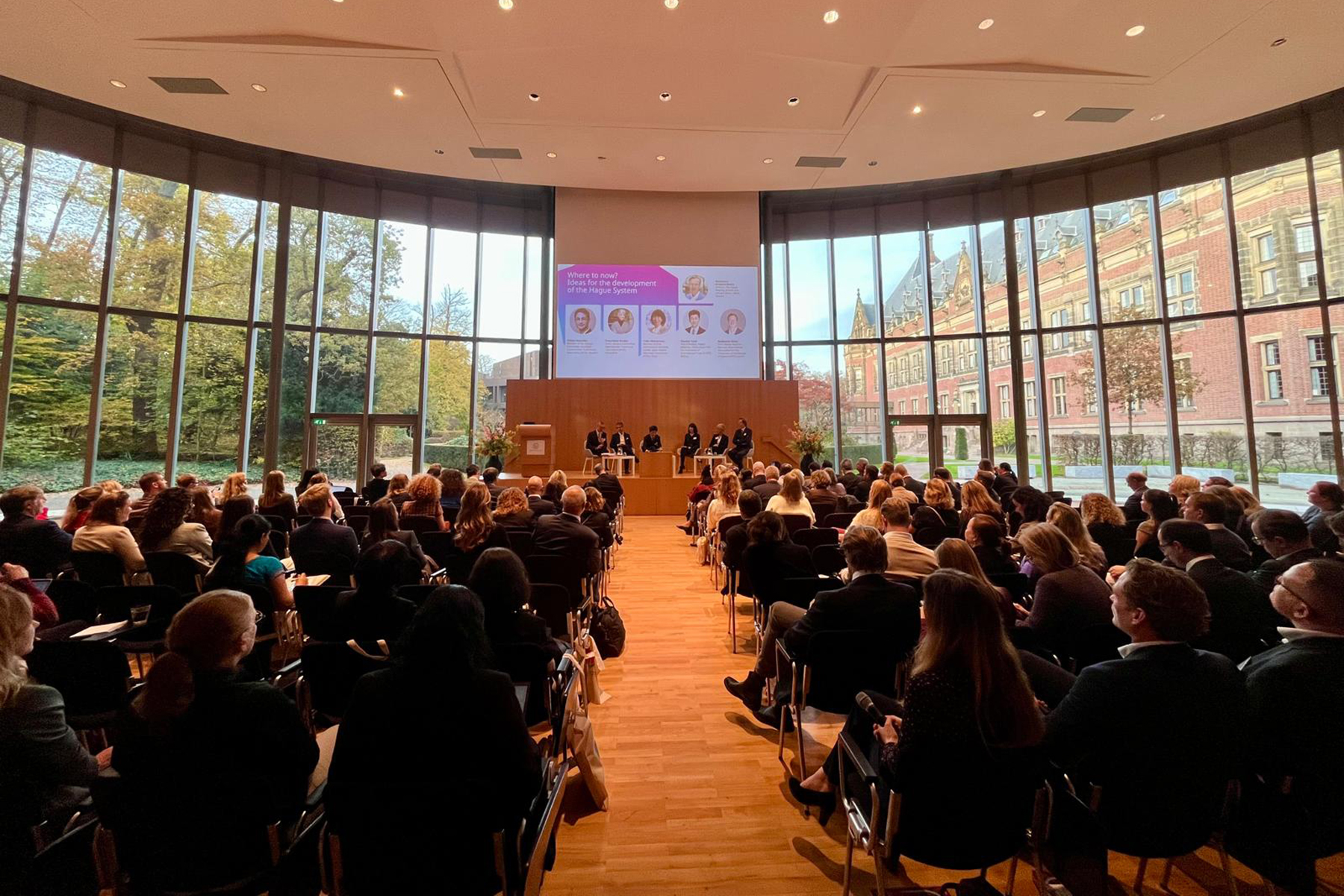Good design deserves protection. Whether it’s a piece of furniture, a sneaker or an app interface, every great design starts with a vision – and stands the test of time through the right protection. Exactly one hundred years ago, the foundations for that protection were laid in The Hague: the Hague Agreement, the international treaty that enables designers safeguard their work around the world.
On 6 November, the anniversary of this UN treaty was celebrated with the symposium 100 Years of Design Protection at the Peace Palace in The Hague, organised by the World Intellectual Property Organization (WIPO), the Benelux Office for Intellectual Property (BOIP) and the Ministry of Economic Affairs and Climate Policy of the Netherlands.



More freedom to create
Design protection isn’t just about legal frameworks – it’s about creative freedom. It allows designers to share their ideas safely, to grow, and to collaborate with confidence.
Designs can be protected in different ways, one of which is design rights, which apply to a specific country or region. In the Benelux, registration is managed by the Benelux Office for Intellectual Property (BOIP) – the official authority for trademarks and designs.



“Designers want to move forward, to innovate, to take risks,” says Hugues Derème, Director General of BOIP. “Protection supports that. It gives peace of mind to experiment, to build, and to bring creations into the world. Behind every design lies creativity, craftsmanship and courage – and that deserves protection.”
More information on design protection in the Benelux can be found on the BOIP website.
Protecting your design worldwide
Design protection beyond the Benelux is also possible. Under the Hague Agreement – a United Nations treaty signed in The Hague in 1925 – designers can secure protection in 99 countries through a single international registration. A major advantage for those sharing their creations across borders.



